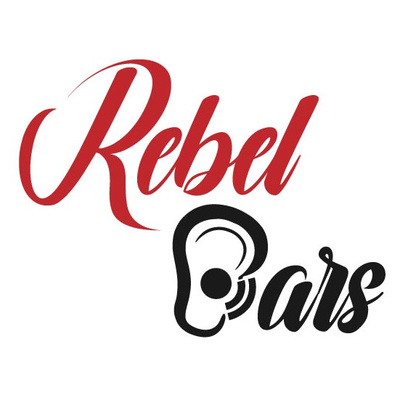Podcast
How Does Digital Audio Improve Your Mix
Digital audio cannot be heard, in fact, it is basically an algorithm that needs to be CONVERTED ( using a D to A converter) to analog audio before it can be heard. This is one of the essences of the DAWs, it converts what is stored as digital audio to analog for amplification. The digital mixing console is a device that performs the function of combining, routing, and changing the dynamics, equalization, and other elements of the audio signal using digital signal processing.
The digital mixing console picks up signals in analog form from a transducer and converts them to algorithms which are then converted to analog before they can be amplified. The method of transmission that a digital mixing console uses is electronic sound transmission. This allows multiple external devices to be connected to it as it is expendable.
The digital mixing console was first used in the late 1980s and early 1990s. The Yamaha DMP7 is considered by some to be the first digital mixing console used. It is important to have a high channel count and improved sound quality with a compact console design. This will make mixing and routing easier while offering hands-free operation, multiple input channels, and BUS feed coupled with multiple methods of recording performances. All of these are advantages of using a digital mixing console.
Routing in Digital Consoles
Sound waves are usually encoded in the form of numerical samples in a continuous sequence. This happens after they have been converted using an Analog to Digital Converter (ADC), a Pulse Code Modulation (PCM), and a Digital to Analog Converter (DAC) is used to reconvert it to analog before amplification.
The digital mixing console gets its sound from a transducer and after processing it, it is sent to either a Digital System Processor (DSP) or Loudspeaker Management System (LMS) before finally being amplified and then transmitted to the human ear.
Recording, Mixing, and Saving Sessions on The Digital Console
Recording using the digital method is done when an analog signal has been sampled to produce a digital signal that is then stored as an algorithm or discrete numbers. One feature that distinguishes the digital console from the analog console is the ability to save presets, and save sessions with just a click or touch on the screen.
Recording using a digital console is not quite different from how it is done on the analog console. It can either be connected to a computer with the recording done on the DAW. The recording can also be done directly on the mixer with an external drive used to store the recording session.
Settings such as fader placements, panning, effects, etc. can all be saved to the digital console or to a USB drive to be recalled at a later time. THIS is the major advantage of digital over analog consoles.
